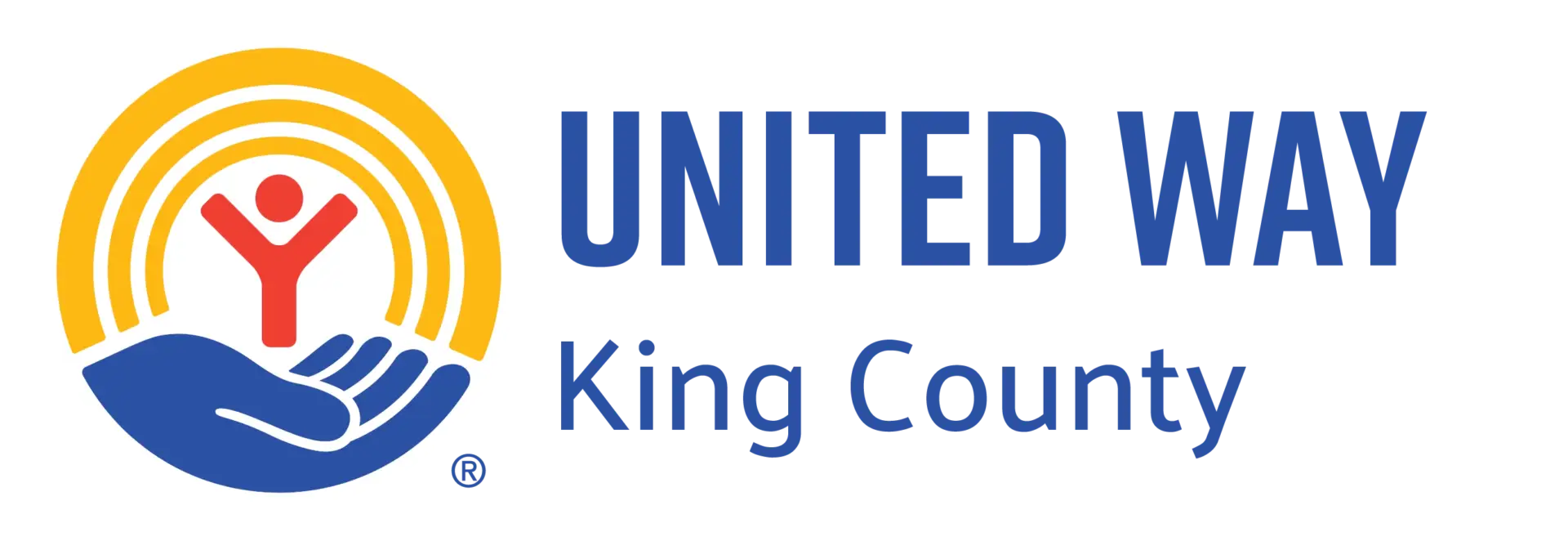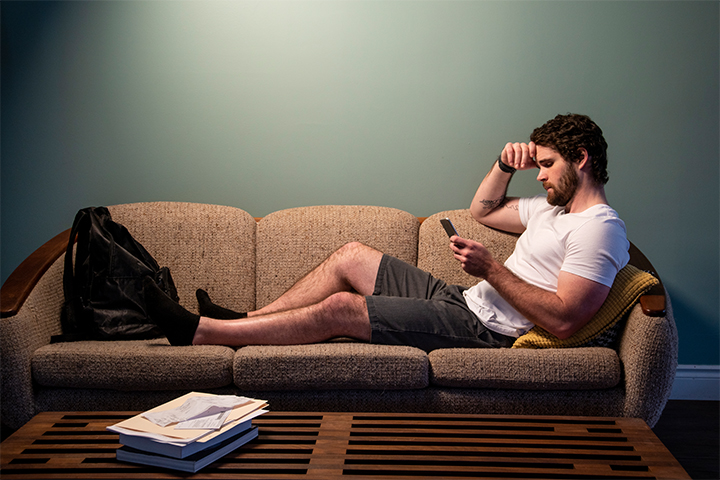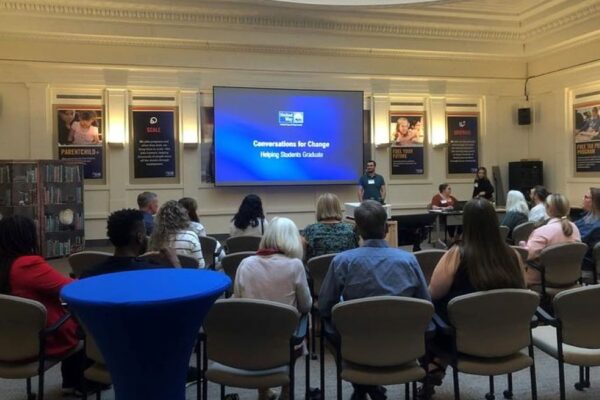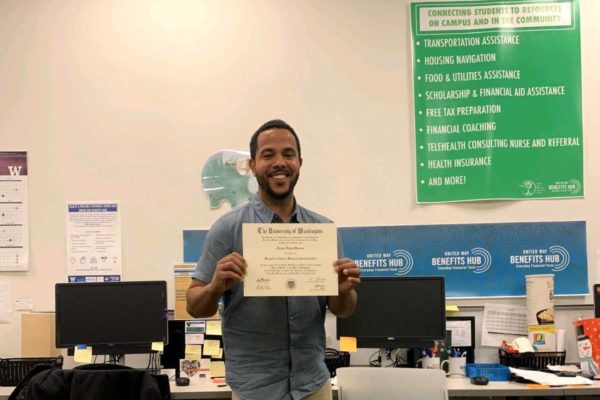Helping Community College Students Weather a Pandemic
Imagine you’re one of the 66,000 students in the Seattle-King County area studying at a community college to get a credential or degree that will help you earn more money and enjoy a more economically stable life.
Also imagine that you’re a parent to three children. Both you and your partner have been working hard to support your family—gig economy jobs have helped bring in money to put food on the table, keep a roof over your heads and support the kids with basic essentials like clothes, educational materials and hygiene goods.
The next part you don’t have to imagine: a global pandemic brings everything to a screeching halt.
Schools have shut down—your kids are home with you during hours you used to go to school or work. Your own school closes its campus and shifts classes online. With social distancing and a stay-at-home order, income via gig economy opportunities vanishes overnight.
Then the rent and utility bills show up. The kids need food, clothes and more. Your tuition payment is looming.
What would you do?
All of the above isn’t a hypothetical scenario—it’s a real experience that was shared with us by a student. They’re not alone in their experience.
This is the reality facing many Seattle-King County community college students, more than half of which live in poverty.
Before the coronavirus pandemic and ‘COVID-19’ became an everyday word, United Way of King County was supporting those students at nine community college campuses through the Bridge to Finish program.
The program offered a variety of supportive services on each campus at locations known as Benefits Hubs. Each of these locations offered students support with emergency grants for housing, food, utilities and other needs.
Since the COVID-19 outbreak, we’ve adapted quickly to meet the many and varied needs of these students. Though campus Benefits Hub locations are closed, we’re making hundreds of phone calls a day to reach out to the students we were supporting before the pandemic.
What students are telling us is sobering. Many students’ income has either drastically decreased or vanished altogether. Between housing, food, bills and other needs, we’re busy supporting students with emergency grants, connecting them to public resources and more.
Another challenge that’s surfaced has been technology—many students relied on campus computer labs to do coursework, yet with campuses closed and courses moving online, there’s a new technology hurdle for those who don’t have internet or capable devices at home.
We’re working hard and finding ways to support these students in this time of crisis. From emergency support for housing, food or bills to connecting them to public benefits or mental health support, we’re doing as much as we can to support them so they can focus on their needs and their education.
If you’d like to support the work of our Bridge to Finish program, you can make a donation today:
If you are a community college student in need of help, visit our Benefits Hub page to schedule a call to get connected to housing, food and financial resources. Additional help can be found on our COVID-19 Resources page.
Racial Equity Matters
It is widely acknowledged that education is the best way to break the cycle of poverty. Yet, living in poverty makes being in college tough. At community college—where more than half of students are low-income and 47% are students of color—it can be especially challenging to stay in school.
On average, white students earn a college-level credential at a rate about 20 percentage points higher than Hispanic and black students do. Students of color experience systemic and institutional racism that perpetuates challenges. The makeup of teachers is less diverse than the student body, so role models that share the unique experiences of students of color are limited. Students of color report feeling less academically prepared than their Caucasian peers report.
This program works hard to invest in students of color and services are designed to be as flexible as possible to reduce any systemic barriers students of color commonly face when interacting with institutions. Also, the AmeriCorps team that works with the students reflects the diversity of the student body and the team speaks roughly ten languages.
Already, we’re seeing success as we prioritize helping students of color who are experiencing challenges at disproportionate rates—last year (2019), 60% of students who accessed Bridge to Finish services were students of color, and those students persisted in their education (instead of leaving school) at a 12% higher rate than those who didn’t get support.





Comments